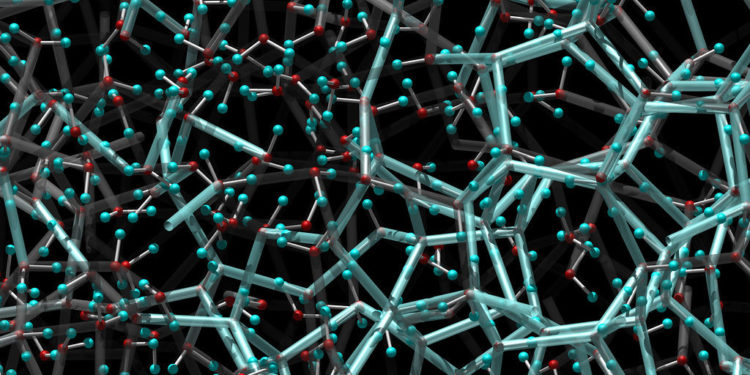A combination of two 3D printed polymers generates a fabric that repairs itself and produces electricity through body heat.
Technology and fashion are making progress in the production of smart fabrics and clothes. The goal is the production of multi-functional clothes, which integrate sensors to monitor health or to improve daily activities, such as yoga pants. The key elements of the fabric are elasticity and conductivity. A research team at KAUST, King Abdullah University of Science and Technology, has proposed an innovative material that meets all requirements.
How it’s made
The research has been published on the pages of Advanced Functional Materials and bears the signatures of Prof. Derya Baran and Dr. Seyoung Kee. The researchers mixed a conductive thermoelectric polymer, called poly 3,4-ethylene-dioxyphoxythiophen (PETOT), polystyrene sulfonate (PSS), dimethyl sulfoxide (DMSO) and Triton X-100. The latter is a gelatinous agent that promotes hydrogen interactions in the material and is essential for the self-healing characteristic of the fiber.
Key Properties
The compound is then spun through a 3D printer in thick layers that give the physical properties of the final prototype. The thermoelectric property was then measured by varying the temperature and measuring the current produced. Tests show that a temperature difference of 32°C between the two sides of a film generates a maximum power of 12.2 nanowatts. The power is enough to power only small biosensors and transmitters at the moment but it is a very promising starting point.
Another extremely interesting aspect is the self-healing property. The test was carried out by cutting a fabric that fed an LED light with a razor blade. Incredibly, the light did not go out during or after cutting, and after ten cuts the fabric maintained conductivity producing 85% of the initial power.
The new material is a further step towards wearable technology and can open up endless developments and uses in the not too distant future.

































